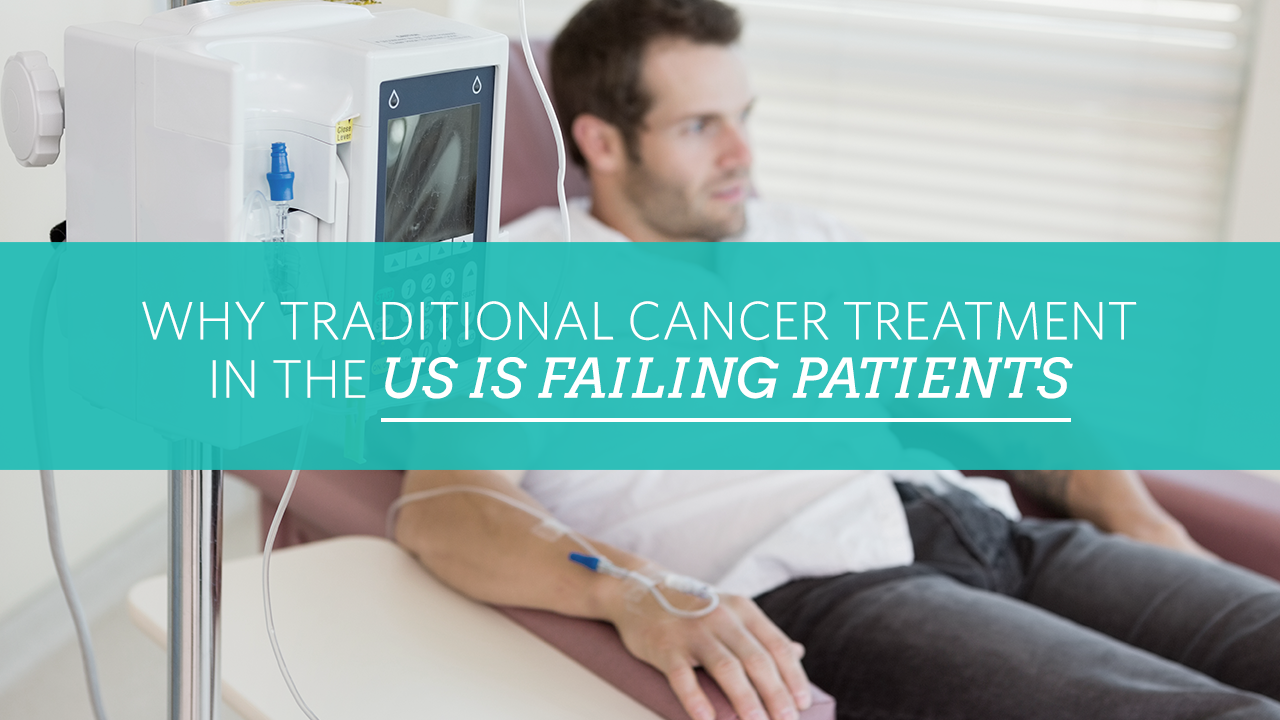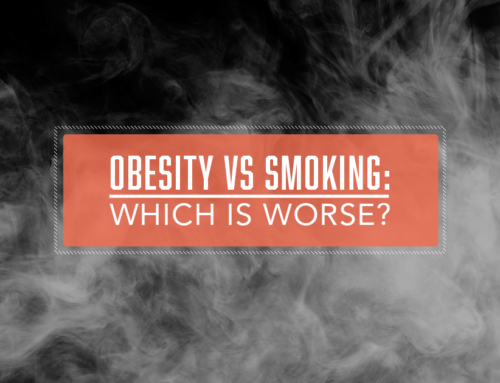It’s no secret that cancer treatments are costly, especially in the United States. Medical debt is the country’s leading cause of bankruptcy, and the National Cancer Institute (NCI) projects that annual cancer expenditures will total $156 billion by 2020. In 2013, Health Affairs revealed that cancer patients were 2.65 times more likely to declare bankruptcy, and among those too young to access Social Security or Medicare benefits, this likelihood was up to five times higher.
Of course, if you or a loved one has undergone chemotherapy, radiation therapy, invasive surgeries, or other common cancer treatment methods, you know the costs aren’t limited to medical bills. Side effects are extreme, debilitating, and sometimes permanent. Survival rates also vary wildly; simply put, these treatments don’t always work.
Hidden Costs of Traditional Cancer Treatment
Because cancer research is still ongoing and access to experimental treatments is limited, patients don’t always have the information they need to weigh their options and truly understand the costs and risks of treatment.
Quality of Life
When patients undergo chemotherapy and radiation therapy, they expose their bodies to powerful toxins that wreak havoc on their organs and tissues. Common side effects of cancer treatment drugs include nausea and loss of appetite, extreme fatigue and weakness, hair loss, brain damage, mouth and throat sores, bruising, bleeding, clotting, anemia, and digestive problems.
Infection Risks
Traditional treatments aren’t sophisticated enough to target cancerous cells and ignore the rest, so they destroy or weaken healthy white blood cells along with them. Because these cells play a vital role in your body’s immune system, treatment compromises your ability to fight illness or infection.
The EuroMed Foundation emphasizes that a strong immune system will increase your chances of withstanding the side effects of chemotherapy, as well as resisting regrowth and staying in remission. Of course, surgical extraction methods also invite a risk of infection, which is even greater for patients with already compromised immune systems.
Permanent Complications
Infertility is such a common side effect that oncologists often recommend that patients “freeze” their eggs or sperm before undergoing treatment. However, this can only lead to pregnancy via intravenous fertilization (IVF). Even if patients can afford multiple rounds of IVF, the supply of genetic material is finite.
Chemotherapy drugs also irritate the bladder and kidneys, because harsh chemicals must pass through them. This irritation may become chronic, leading to lifelong problems such as painful urination or even kidney damage.
America’s Cancer Industry
Pharmaceutical corporations earn billions by manufacturing oral and intravenous chemotherapy drugs, and other companies profit off everything from radiation equipment to fundraising campaigns. Learn how the following institutions influence and benefit from the “cancer industry.”
Government Agencies
According to Breast Cancer Action (BCA), more than 30 different government agencies are dedicated to cancer research, but even more are responsible for approving new food and drug products. As some agencies make slow progress toward possible treatments, others allow cancer to spread.
The American Cancer Society lists hundreds of known carcinogens, including nicotine and tar, artificial sweeteners and preservatives, and makeup compounds, that are still present in approved and available products. The FDA requires warnings for some of these, but they remain legal.
Big Pharma
Cancer Research UK compiled a list of ten persistent but false myths about cancer, including several conspiracy theories about the progress (or lack thereof) of pharmaceutical research. Holistic and alternative treatment providers often claim that traditional treatments do more harm than good, but some accuse companies of suppressing cures that would eliminate the need for these treatments.
While it’s unlikely that pharmaceutical scientists would discover and proceed to suppress an actual cure, their employers do have financial incentives to invest more money and resources into treatment methods than finding a cure or cause.
Charity Efforts
As long as cancer is unpreventable and fatal, consumers will continue to fear it, lose loved ones to it, and attempt to regain some power by participating in fundraising and awareness-building efforts. Ironically, some of these efforts may actually do more to spread carcinogens than to eliminate them – or to prevent or treat the cancers they cause.
The most common type of cancer, breast cancer, is also the best example of this phenomenon. Every February, pink breast cancer ribbons appear on shirts, coffee cups, makeup, yogurt, cleaning supplies, and a variety of other everyday products. Consumers believe the proceeds will support breast cancer charities, but many companies make fixed donations and use the sales to recoup their costs. Even worse, many of these products contain carcinogens.
Questioning Traditional Cancer Treatment Methods
Despite the devastating physical and financial sacrifices that people make in an effort to survive cancer, traditional treatment methods still cannot prevent millions of Americans from dying every year.
Over Diagnosing and Treating
As diagnosis and mortality rates soar for certain types of cancer, medical organizations have begun to challenge existing data and theories about common treatment methods. One specific, early-stage form of cancer is causing controversy among oncologists.
Ductal carcinoma in situ (DCIS) is a relatively harmless form of breast cancer, diagnosed by core needle biopsy rather than mammography. Dr. Barnett Kramer, who directs the division of cancer prevention at the National Cancer Institute, told National Public Radio (NPR) that the “overwhelming majority” of these lesions may never progress. Still, women opt for radiation, chemotherapy, and even mastectomies out of fear.
Focusing on Tailored Drugs
According to the Economist, researchers and pharmaceutical companies are joining forces to focus on the genetic mutations that cause specific types of cancer. By isolating cancer-causing genes and understanding the DNA sequences that healthy cells use to fight cancer, researchers are learning how to tailor new drugs to specific types of cancer.
Thinking Critically About Traditional Cancer Treatments
If these costs, questions, and side effects seem to be worth the risk of seeking traditional cancer treatment in the U.S., you are not alone. Cancer is a powerful and mysterious disease, and patients must trust oncologists, hospitals, and drug manufacturers to provide the right advice and treatment methods. However, it is important to think critically about traditional cancer treatment methods and their alternatives.






